Author: sp15 (US server)
Hi everyone!
Today I’m here to start a new series of articles about Swedish armor, that hopefully will give you some insight into Swedish armour development. I hope you enjoy it.
History
Sweden, due to its geographical location, has for a long time been able to stay out of European conflicts – in fact, it’s over 200 years by now (2014). But in the time of World War One, it became clear that Sweden could not rely on just its position, but it also would need a modern army. During this time, Sweden had close relations with Germany and in 1918, Swedish military attaché in Berlin was shown a knocked out British Mk IV tank. This would plant the seed of Swedish interest in tanks and as early as one year later, in 1919, attempts were made to purchase the British Whippet light tank. Due to the lack of money and enthusiasm from the army however, this led nowhere. Instead, negotiations were taken up with the Germans two years later, in 1921. Sweden was offered to secretly buy 10 German tanks, that had been produced, but never used because of the end of the war.
Here, the Swedish delegation is shown the Mk.IV tank
These tanks were the “Leichter Kampfwagen II” light tanks, meant for easy mass production. The design borrowed heavily from British Whippet and French FT-17. The tank was based on a car chassis from Daimler, it had front mounted engine and rear mounted superstructure, armed with a cannon. Sweden was however not satisfied with the design and ordered several modifications to be made. Amongst the changes were the addition of fully traversable turret, as well as changes to the frontal hull. In late August 1921, the parts for the vehicles were imported from Germany as “tractors” and “boiler plates” to circumvent the Versailles treaty. Assembly began as soon as the parts were available and in 1922, all the vehicles were ready.
LKII
This new tank was designated Pansarvagn försöksmodell/1922, but this was soon changed to Strv fm/21. The new tank was the first armored vehicle in Sweden. It had an unusual layout with the engine in the front and the turret in the rear, it weighed 9 tons and was armed with an 8mm machinegun, it was powered by the Benz 1910 55hp engine.
After some rudimentary one month tests in 1922, the tanks were put in storage. It was not until Autumn 1923 that five of the most reliable tanks would see action again. They were shipped across the country to a military exercise in Skåne, where they took part in a simulated attack. Here, the tanks were used in the support of Swedish infantry and because so few people knew of their existence, the exercise was a huge success. During late 1923 and 1924, the tanks were disassembled for the hardening of their armour plates, which took place at the navy shipbuilding yard in Stockholm.
Strv fm/21 on military exercise
From 1924 to 1927, the tanks took part in series of tests and experiments. Among these was the experimental fitting of a radio receiver on tank number 5 and radio transmitters on tanks 10 and 6. In 1923, Sweden had also purchased one surplus FT-17, that had been used in the war and was in bad condition. The vehicle was soon scrapped, but its 37mm gun remained and was tested on one of the Strv m/21. The gun would eventually end up on an armored car in 1926. During this time, there were also several interesting tests with camouflage. Originally the tank had been painted in field gray, but now, 2 variants of winter camouflage were tested and during summer, the tank was covered with a three color green, brown and yellow pattern with black lines in-between, shared with the Pbil fm/26 armored car. As the testing continued, the lack of spare parts started to become a problem and even though some of the replacement suspension parts were now being produced, tanks number 1, 3, 4, 8 and 9 still had to be stripped for parts. It was not until 1927 the parts needed to keep all the tanks in running condition were delivered.
Strv fm/21 in winter camoflauge
Soon it became clear that the Strv m/21 was growing increasingly obsolete and in 1928, a project was started to develop the new Swedish tank. This resulted in the purchase of a Renault NC-27, which was deemed unsuitable for Swedish conditions. Today, this is the only NC-27 remaining in the world and it can be seen at the Arsenalen museum. Instead of purchasing the French tank, it was decided to upgrade the Strv fm/21. In 1929, the schematics for a slightly improved fm/21 called Strv m/21-29 were ready. Changes were made to the engine, which was replaced by a Swedish Scania-Vabis 1544 85hp engine, and the tank recieved electric lighting. Two of these tanks were ordered and in 1930, they were finished. During the same time, one of the Strv fm/21 was being tested with a 37mm Škoda infantry gun, but the tests were unsuccessful. Between 1931 and 1934, three more Strv fm/21 were modernized to Strv m/21-29 by the Landsverk company as training vehicles, until new tanks could be delivered. It was not until 1938 that the Strv m/21-29 was retired from service with the purchase of the Czech ČKD AH-IV tankette.
Strv fm/21 being rebuilt to Strv m/21-29 at Landsverk in 1934
Strv fm/28, the Swedish Renault NC-27
In World of Tanks
In the game this would be a pretty weak vehicle that would almost certainly require some buffs. The 37mm guns it mounted are both pretty weak. Although I think since some of the tanks was rebuilt at Landsverk some armament options from their tank designs could be implemented like the 20mm Madsen or the 37mm Infkan m/34 which would at least give it some good armament. The tanks mobility is another problem since its top speed was only 18kph which would make it the slowest tier 1 in the game. The tank is however the best historical choice for a Swedish tree and a somewhat weak contender for a European tier 1.
Today, four examples of the Strv m/21-29 remain – one is in the Arsenalen museum, the second in Munster, and the final two are in the Strängnäs museum, one of these is under restoration to driveable condition.
Strv m/21-29 at Munster museum
Characteristics
Crew: 4 (driver,co-driver,gunner, loader)
Weight: 9,7t
Length: 5700mm
Width: 2050mm
Height: 2520mm
Track width: 250mm
Ground clerance: 270mm
Ground pressure: 0,9 kg/cm^2
Suspension: coil spring
Armour: 4-14mm
Max speed: 18kph
Engine: Scania-Vabis 1544 (85hp at 2200rpm, Petrol)
Power to weight: 8,8hp/t
Armament: 37mm SA 18, 37mm Škoda Infantry gun L/27, 20mm Madsen, 37mm Infkan m/34
Silentstalker:
Thanks to sp15 for this article and I will just add the 37mm Škoda IG characteristics in order for the post to be complete
37mm Škoda Infantry gun L/27
Caliber: 37mm
Barrel length: L/27
AP shell weight: 0,825 kg
Muzzle velocity: 460 m/s
Penetration: 22mm at 500m (90 deg)
HE shell weight: 0,825 kg
HE muzzle velocity: 460 m/s
Sources:
PANSAR issue 2 year 1978
Svenskt Pansar by Rickard O. Lindström & Carl-Gustaf Svantesson
http://ointres.se/pansar.htm
http://tanks.mod16.org/2014/01/09/a-brief-history-of-swedish-tanking-as-of-february-1943/

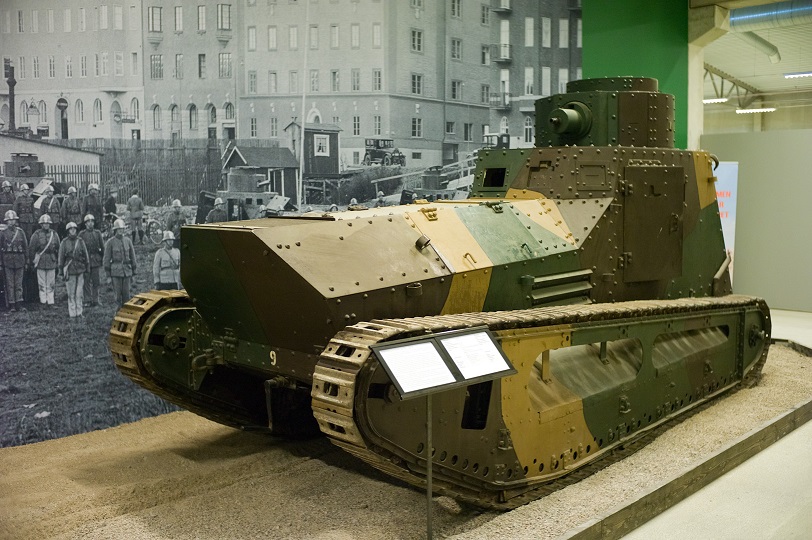
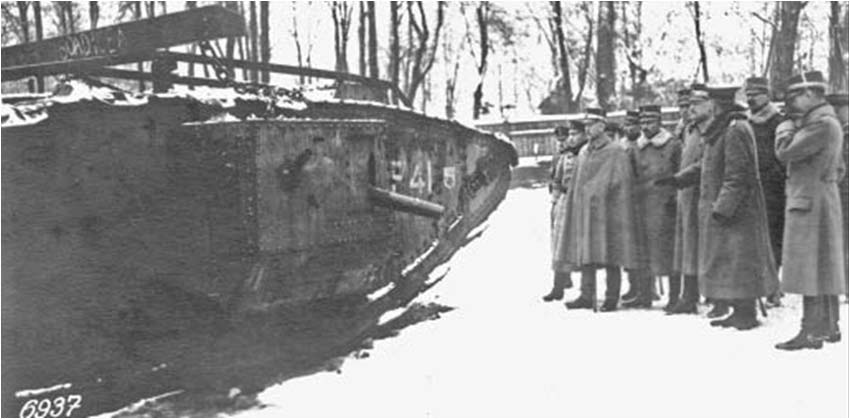
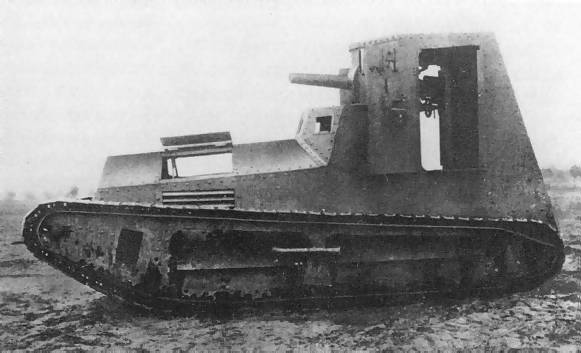
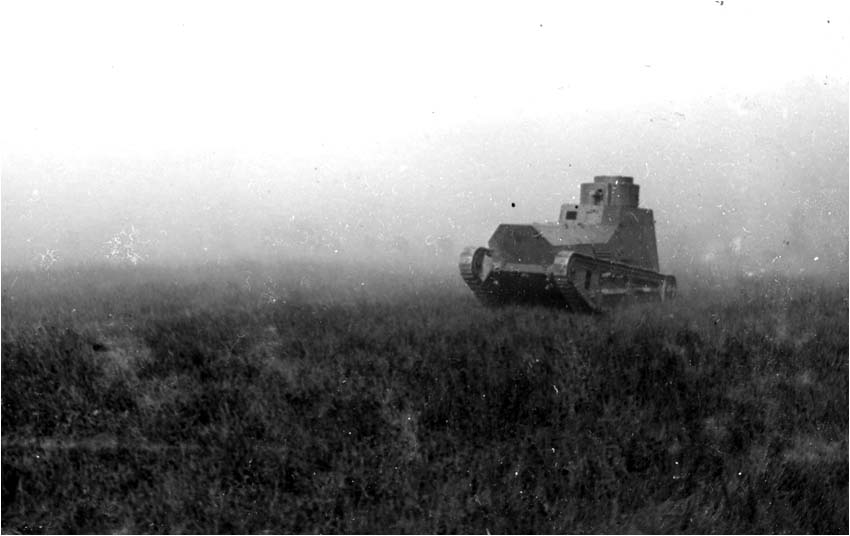
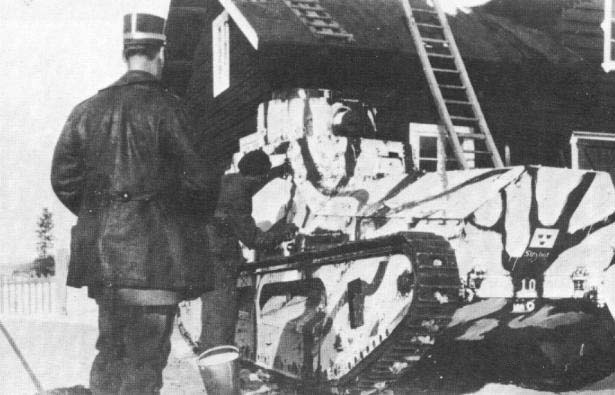
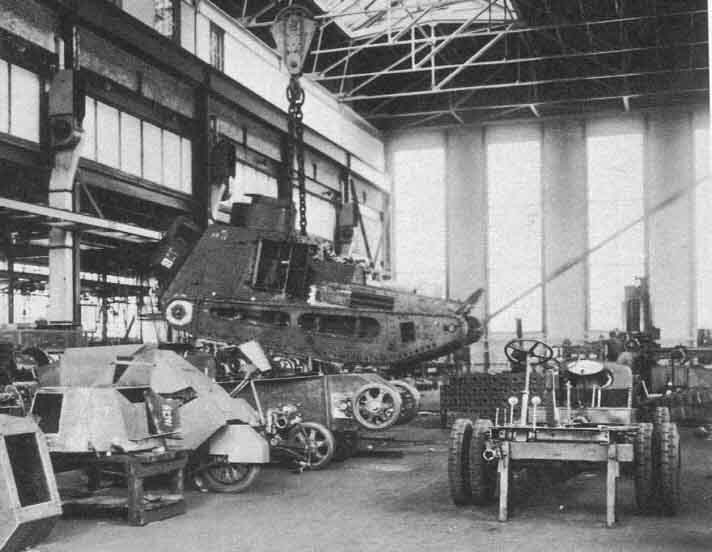
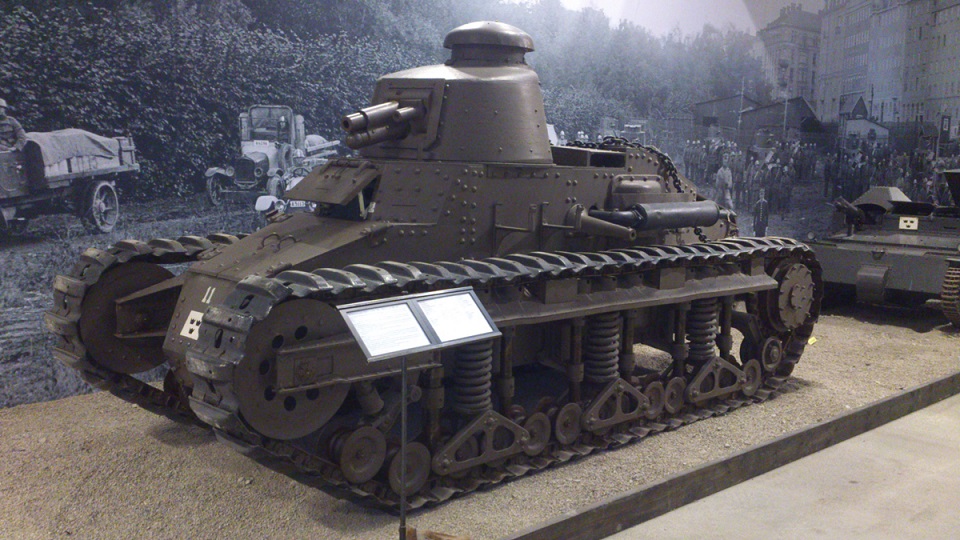
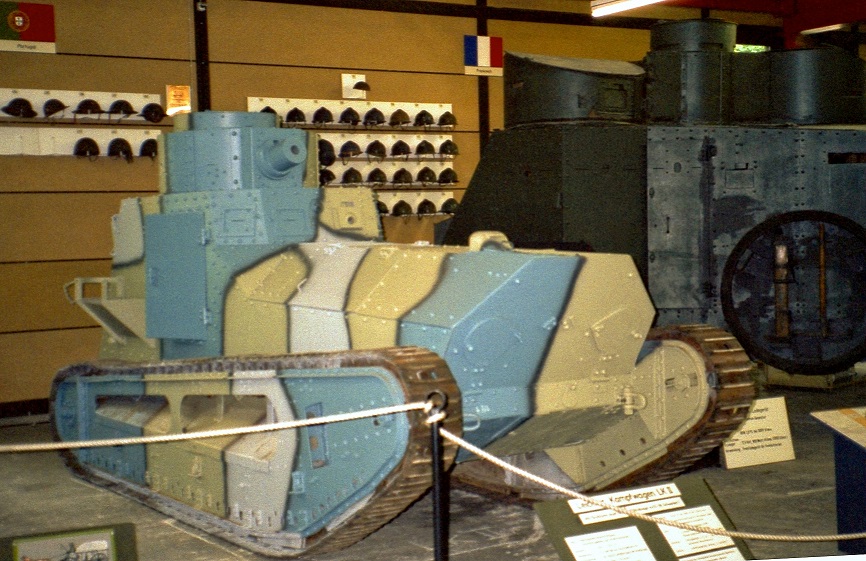
Stock turret from T1 Cunningham! :D
Hi,
You wrote “Today, four examples of the Strv m/21-29 remain – one is in the Arsenalen museum, the second in Munster, and the final two are in the Strängnäs museum, one of these is under restoration to driveable condition”
Arsenalen museum and Strängnäs museum is the same thing and they have 2 examples left, according to the website of Arsenalen.
i suppose i misread htat then, i guess it should be 3 remaining
I think he meant Axvall when he wrote Arsenalen in that sentence, it used to be the oldest and biggest tankmuseem in Sweden. I know some of the vehicles at Arsenalen came from Axvall so it might only be three left though.
EDIT: wasn’t there a museum in Hungary or so that had one? IIRC it was in a article here not that long ago which had a picture of it.
There is “In World Of Tanks” part written twice. Anyway, good article. I’m waiting for some more modern swedish designs.
that was actually a mistake Silentstalker must have made…
it was not in the text i gave him
How modern do you want?
http://www.ointres.se/strv_2000.htm – Prototype tank developed from the mid 80s until cancelled in 91 in favor of trialing foreign tanks such as the Leopard 2.
http://www.ointres.se/udes.htm – Various prototypes from the 70s, a lot of them are more or less variations on strv 103, light version with 2 man crew, strv 103 with main gun capable of elevation etc.
The what eventually became CV90 is there (UDES 09) though and IKV 91 (UDES 13) is also there.
Lots of wackier stuff at the end like the UDES XX 5, the article mentions crazy mobility for the setup, with the little bugger being able to climb onto a railway car without a loading ramp.
So – his whole front is LFP? :D
Finally some other tier1 candidate beside the FT
“The tank was based on a car chassis from >>Deimler<<,[...]"
Typo? "Daimler", not "Deimler" I guess (:
yeah you are right
Klockrent, as we say.
Interesting!
Once again let me express my irritation that Wargamming thinks they need complete tech trees for any type of release. Why cant they just release certain tanks at certain levels and make the gaps longer to xp to breech? or end at the tier of the last WoT playable level?
There are many creative ways to get past the gaps I am sure. How about you can unlock the gapped trees until you unlock a full branch of another “complete nation” Like the T1 Cunningham to the T57 heavy.
I’ve heard that Sweden has a full tree of arty, medium and heavy (medium tree split at tier 7 to heavy and medium tree), and even light tree up to tier 8. Only the TD tree is the problem, because WG said they won’t implement the S-tank(tier 8-9-10) because the of suspension system(it has fixed gun, and you can aim by traversing the hull, even up and down)
No S-Tank? That’s a shame, if it would have it’s historical RoF it would be extremley op though since it’s DPM would be almost 6000 and it would have more pen than the T10 mediums since it uses a lengthened L7 105mm. I’d still like to see it tough but with a lower rate of fire.
Very interesting, thanks. How much of this can I steal for my site stridsvagnar.se (dedicated to Swedish tanks, work in progress)? :-)
Where did you get the photos, for example? Haven’t seen them by normal google image-searching.
Edit: Ah, sources…
I’ll just leave you this link…
http://www.ointres.se/pansar.htm
Hm, must have missed that, thanks.
Hopefully most of the material on my site will be unpublished pictures taken by my grandparents who both worked for the army since 1942, on Ravlunda skjutfält. It’s just a question of going through old albums and scanning everything.
I call them nazi tenks because sweden supported germany during ww1 and ww2.
What part of blatantly spying for the Allies and quietly giving the Norwegian Resistance not only safe havens but actual training counts as “supporting Germany in WW2″?
Well, im from sweden and I know we suported the 3rd kindgom.
>kingdom
Fail Hard 2: Fail Harder.
3rd kingdom*
Not. Helping.
WARNING: DO NOT FEED THE TROLL!
“3rd kind gom”
Epic troll bro.
I’m liking the look of the half-concealed armoured motorbike in one of the factory shots…
Its the Pansarmotorcyckel L-190 (armoured bike L-190) made by landsverk sometime around 1932-33
http://www2.landskrona.se/kultur/landsverk/militart/pansarbilar/l190.html
I will be adding that to my wish list…. Just think of owning one in matte black…
Tards MC with armor, smart sweedes there. Imma rulle MC armor tenk OP.
I’m looking forward for more articles on Swedish tanks as it’s the closest I will ever come to a Danish tank (That was not our thing). It really helps as the 20mm Madsen is a Danish weapon but it will surely be nothing special probably doing 11 or 12 dmg per shot and above 70 rpm at tier 1 like the Cunningham. I’m hoping it will be more accurate than the short German 2cm guns as it’s mounted on a slow ass tank.
“Crew: 4 (driver,co-driver,gunner, loader)”
No commander? :D
Most likely the gunner was also the commander. That was common on early light tanks.
Also overworked. :P
Hey, I remember sending a message to FTR about this tank a few months ago! I was starting to wonder if you had forgotten about it or something, SS.
Forgot to mention, in the same message I sent a while back, I suggested that this thing might be buffed by giving it some of the weapons that had been planned for use on the LK II, the tank it was derived from, including a 57 mm Maxim-Nordenfelt Gun (which would be quite powerful at tier 1).
No biggie, the Vickers Medium already boasts such a catapult at the tier. Has trouble hitting the broad side of the barn – from the *inside* – ofc…
I never said it would be OP…until you realize just what a Maxim-Nordenfelt gun is, and the impressive rate of fire such a gun could achieve. Basically, the DPM on that gun would be ridiculous, but for being on the slowest and worst-armored tier 1 in the game, that might be enough to make it more or less competitive.
Pingback: Swedish Tanks – Part II: Strv m/31 & Strv fm/31 | For The Record